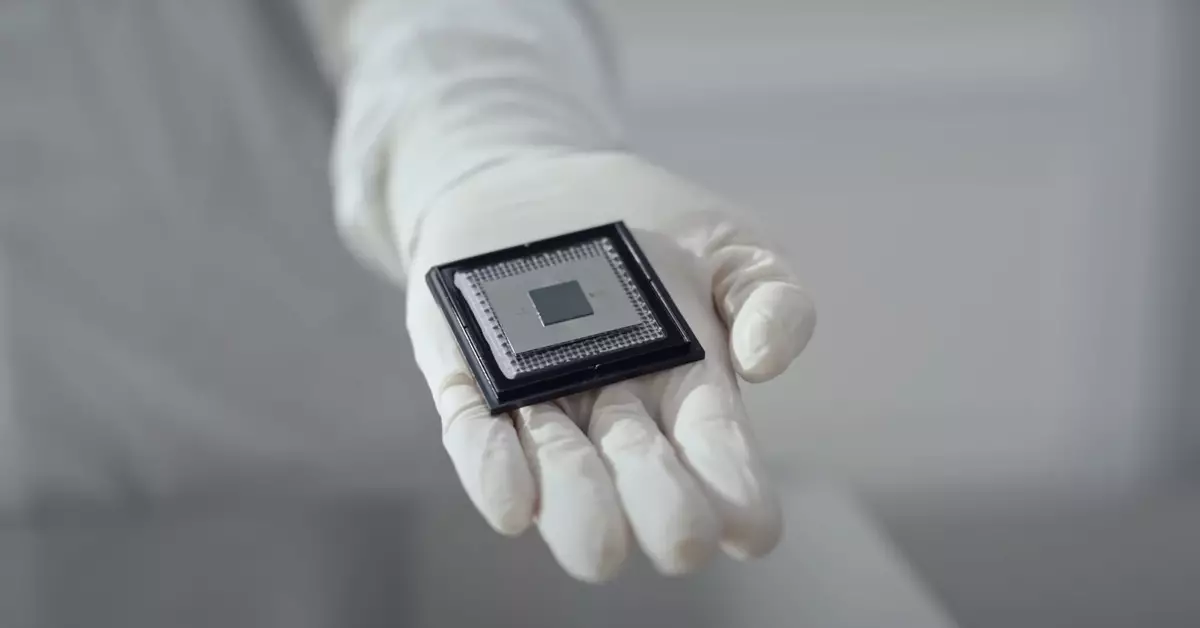The rapid advancement of quantum computing has led to widespread speculation about its potential to disrupt current encryption methods. Experts across the field are poised at the edge of this transformation, forecasting a future where conventional cryptography might be rendered obsolete. Google, a significant player in the quantum realm, recently highlighted its Willow chip, claiming a remarkable capability to tackle computing challenges that would take traditional supercomputers eons—ten septillion years, to be exact. Despite this impressive feat, the reality is that the Willow chip is far from capable of breaching modern encryption systems.
Charina Chou, Google’s Quantum AI director, clarified that the Willow chip does not qualify as a “cryptanalytically relevant quantum computer” (CRQC). A CRQC is understood to possess the potential to destabilize civilian and military communication channels, thereby jeopardizing critical infrastructure security and financial transaction protocols. The U.S. government has recognized this imminent threat, mandating a transition to advanced systems to safeguard against potential quantum breaches by 2035. However, Google contends that its current technology does not change the timeline for such a transition, as Willow is simply not equipped to tackle the complexities associated with breaking RSA, the widely used encryption standard.
While Google boasts that its quantum chip can solve specific problems in mere minutes, the company acknowledges that it has only developed 105 physical qubits, a far cry from the millions required to genuinely challenge existing encryption methods. According to estimates, it will take at least a decade before quantum computers can effectively crack RSA encryption, and the number of qubits needed to achieve this may reach up to four million. Chou’s insights place Willow’s current capabilities within a broader timeline, indicating that we are not on the brink of a breakthrough but rather, still in the early stages of quantum computing development.
In light of the potential risks, Google, along with other tech companies, is taking the initiative to bolster cybersecurity through post-quantum cryptography (PQC). This forward-thinking approach aims to prepare security infrastructures for the challenges that quantum computing may pose. The Gravity of this threat was underscored following the Edward Snowden revelations about the NSA’s covert investments in quantum code-breaking research.
The National Institute of Standards and Technology (NIST) has been actively involved in addressing this impending crisis. Starting in 2016, NIST initiated a competition to develop quantum-safe cryptographic standards, culminating recently in the announcement of finalized algorithms for integrating secure practices into technology products. With more algorithms set to be selected by the end of the year, the movement towards ensuring resilient encryption is gaining momentum.
As we stand at this crossroads between today’s cryptography and a future possibly dominated by quantum computing, the conversation around security becomes increasingly vital. While Google’s Willow chip illustrates remarkable capability, it simultaneously emphasizes the slower-than-anticipated pace of quantum advancements. The growing consensus is clear: while the risks are looming, the tech industry is mobilizing robust defenses to safeguard against potential vulnerabilities. The journey into this quantum era will require both innovation and vigilance to ensure security protocols keep step with the pace of change.

